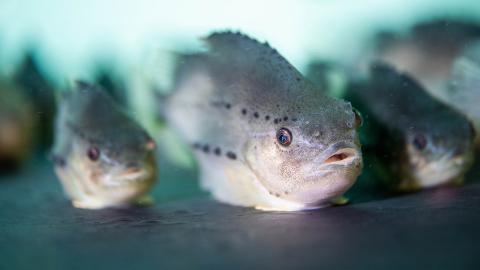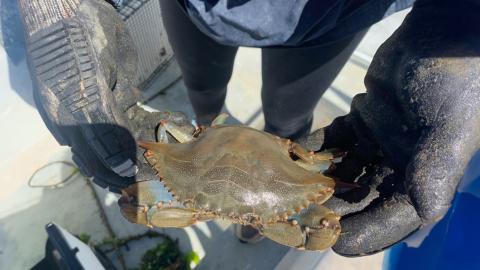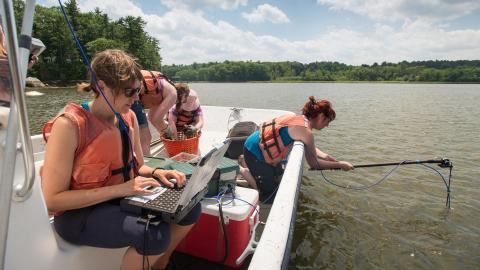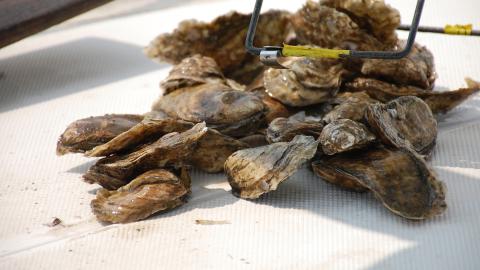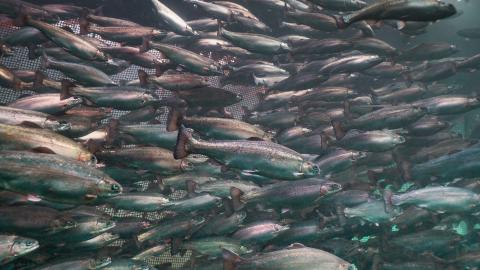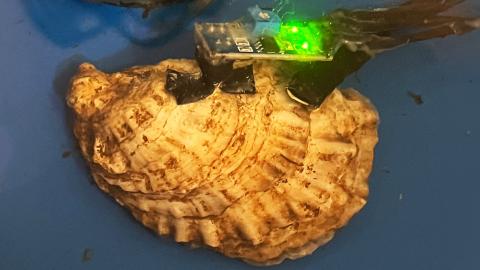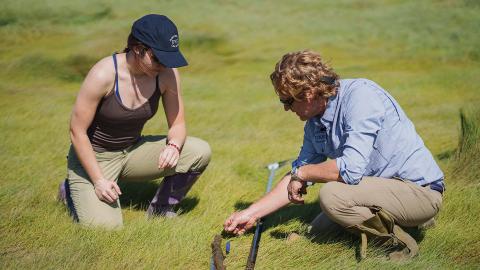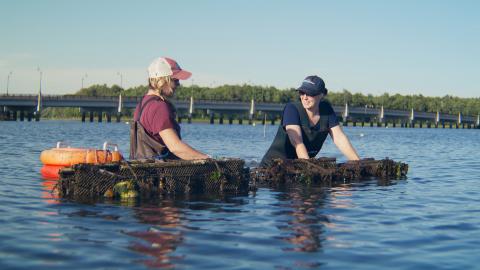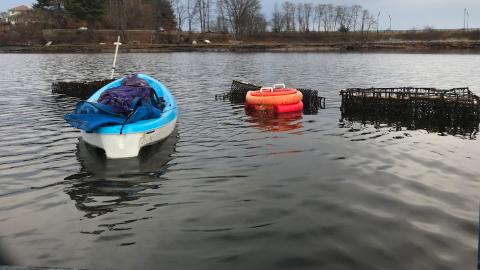NHAES INSPIRED Aquaculture Report, Fall 2024

New Hampshire’s aquaculture industry is experiencing a revival, powered by cutting-edge research and growing consumer demand for sustainable seafood. The sector has become increasingly important to the region, contributing over $5.5 million to the state’s economy and supporting more than 250 jobs. New Hampshire's oyster farms, covering more than 80 acres of water in Great Bay and Hampton-Seabrook estuaries, are key to this growth. As the industry expands, producers are exploring the cultivation of other shellfish species and finfish. The INSPIRED Aquaculture report highlights research on species management, water quality, and environmental monitoring. From using lumpfish as biocontrol for sea lice in trout farms to studying the impacts of climate change on aquatic species, researchers are ensuring the industry's resilience and growth.
The NH Agricultural Experiment Station continues its mission of advancing science to protect and sustain New Hampshire’s aquatic ecosystems and food systems. By integrating modern technologies, data-driven insights, and contributions from the state's aquaculture producers, Station scientists are building sustainable management practices that balance productivity with environmental stewardship. Their research focuses on addressing the long-term challenges of climate change, pollution, and ecosystem health. Through these efforts, they are helping ensure that aquaculture operations remain productive, safe for consumers, and supportive of the region’s food security and environmental goals.
Read and download the full INSPIRED Aquaculture research report, and sign up for the NHAES newsletter to stay informed about future editions of the INSPIRED research series.
